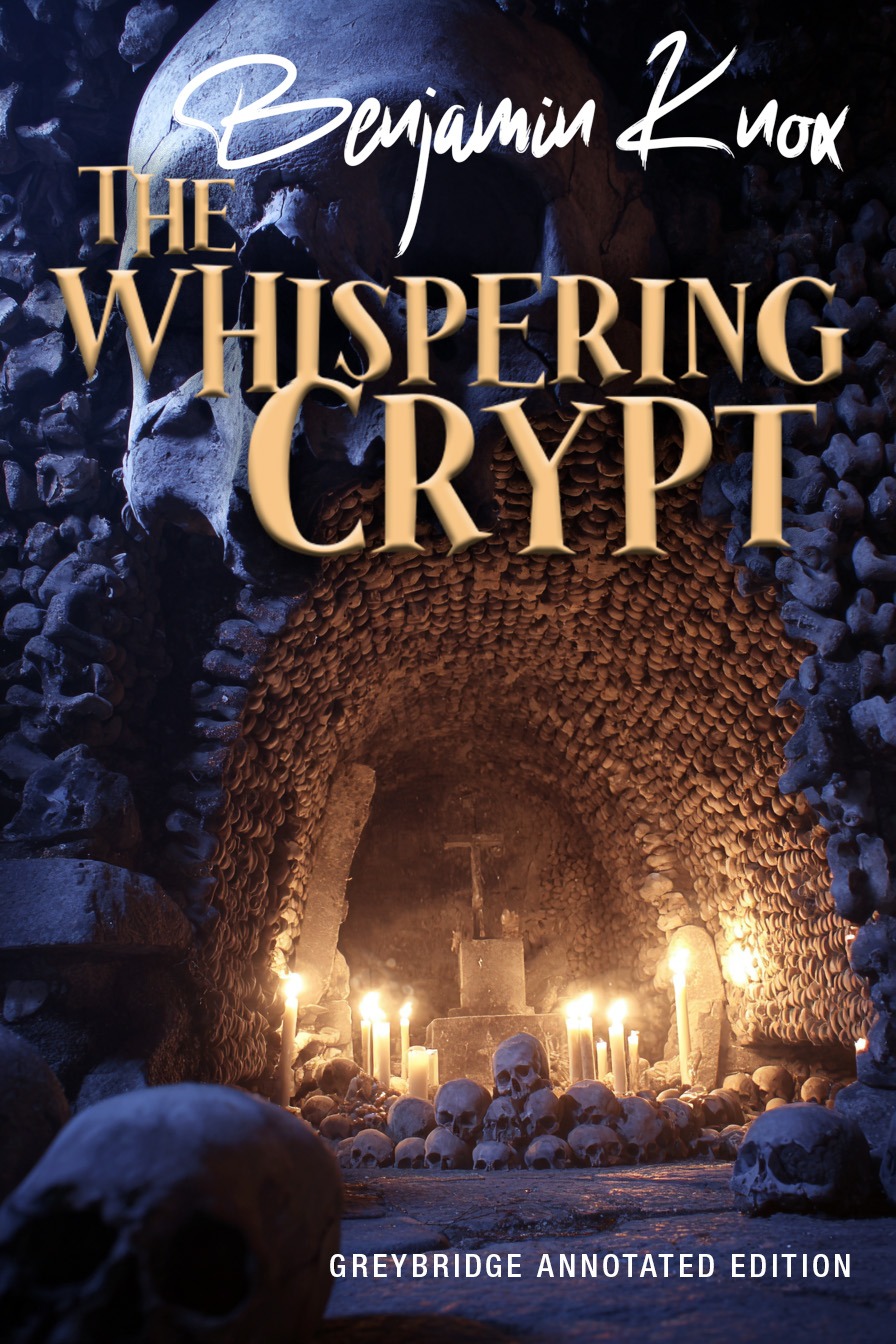When Dr. Eliza Muir, a field linguist from Trinity College Dublin, is summoned to the ruined priory of St. Senan in Kilcree, County Clare, to catalogue the carvings on a limestone ossuary sealed since 1798, she discovers the door does not merely bear script; it speaks. In the hour before dawn, the grooves breathe, a chill collects around a brass thurible, and words no living tongue has uttered in two centuries rasp through the seams. As Muir opens a correspondence with parish caretaker Colm Rafferty and antiquarian bookseller Larkin Chow in Limerick, a string of coastal oddities follows: a pilot boat drifts ashore at Loop Head with its logbook torn to ribbons; a teenager in Ennistymon wakes with powdery mortar in her mouth; a patient at the Ennis District Asylum fills nine yards of bedsheet with the same phrase—'Archivist Below.' Shadows thin across the Burren, and a map hidden behind an icon in the priory sacristy traces a network of burial tunnels that intersect the furnace room of a defunct cannery in Miltown Malbay and the undercroft of St. Bartholomew's on Moor Lane, London.
In The Whispering Crypt, Knox braids letters, death registers, lighthouse logs, and railway timetables into a relentless excavation of memory and appetite, an underworld chorus of the buried and the living who feed on them. The novel builds a claustrophobic, salt-stung dread while unearthing the politics of commemoration, the violence of collecting, and the uneasy eros of listening to what should not speak.
This Greybridge Annotated Edition includes a generous array of background and source materials in three sections: Contexts gathers putative precursors to the crypt-murmur motif in an 1821 Gaelic pamphlet ('Cill na gCogar'), M. R. James's cathedral hauntings, and County Clare burial ordinances. Also included are a discussion of Knox's working notebooks and 'The Ossuary Letter,' a suppressed prologue recovered from a 2015 draft. Reviews and Reactions reprint six early notices from the Irish Times, The Skelliger, and regional quarterlies. Dramatic and Audio Variations surveys stage, radio, and limited-series adaptations; essays by Sinéad O'Leary, Huw Morgan, and Zahra Abidi offer varied perspectives, and checklists of performances and recordings are provided. Criticism collects seven theoretical readings by Maeve Brophy, Lionel Adegoke, Petra Kovářová, Edmund Sayegh, Calla Nwosu, Davi Peres, and Yuri Ishimori. A Chronology and a Selected Bibliography are included.
